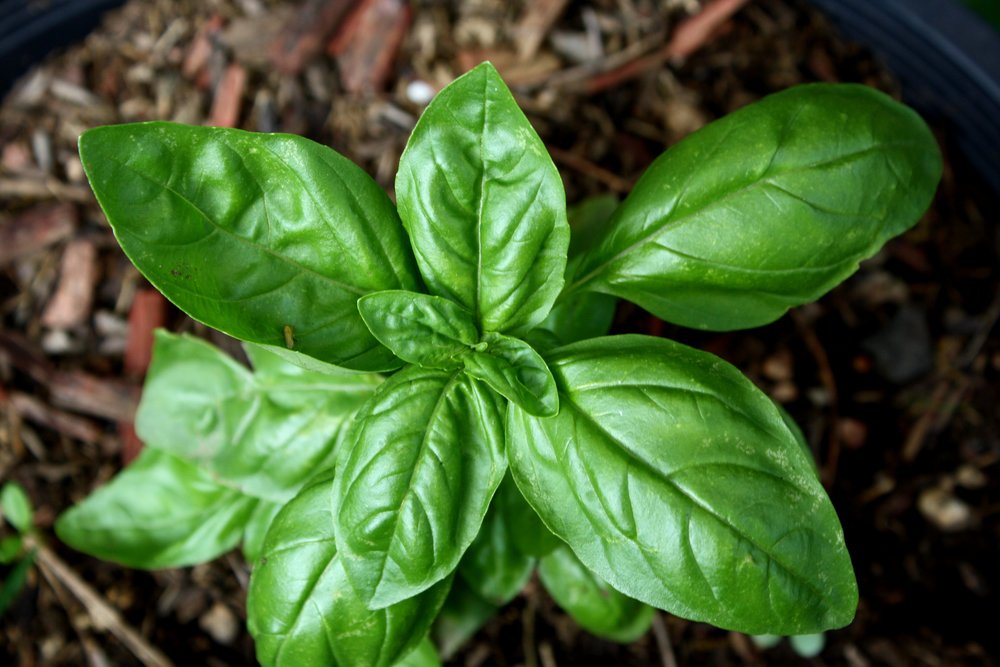Minimal Cell Divisions May Explain Longevity

In a recent study published in Current Biology scientists from the University of Bern in Switzerland presented evidence for a potential mechanism that could help explain the extraordinary longevity of some plants (evergreens in particular). Minimal stem cell divisions in the axillary meristems-- the stem cells responsible for branches-- means there is less opportunity for deleterious genetic mutations in somatic cells.
"Meristem aging is not a problem for perennial plants, in other words," said Sergi Munne Bosch, plant physiologist at the University of Barcelona who was not part of the study. "The meristems are the growing units. If they don't senesce, then the plant will keep the capacity to grow and reproduce forever, at least potentially." Most often, he added, structural defects or pathogens will be what kills the plants.
"It's a very interesting paper on the preservation of the integrity of the germ cell line," said Larry Nooden, plant biologist and professor emeritus a the University of Michigan. "Whether it determines longevity, that may be a different matter."
For the full article on how these minimal stem cell divisions play out in perennial plants, click on the article available here or through the link below.
To enable comments sign up for a Disqus account and enter your Disqus shortname in the Articulate node settings.